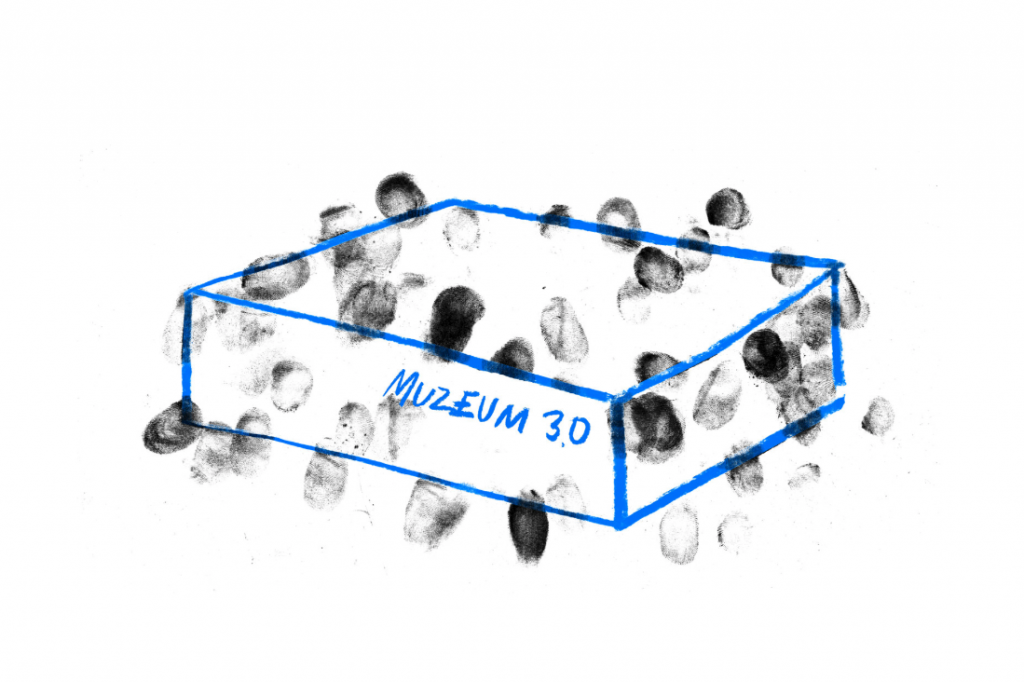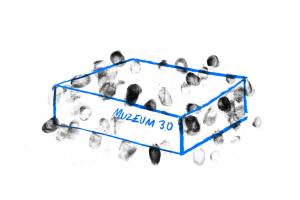Institutional Experiments: Progressive Responses to the Dissolution of Autonomous Art
Introduction
This paper will review the theoretical implications of experiments undertaken in recent years by leading institutions devoted to contemporary art, experiments interpreted as progressive responses to the dissolution of the autonomy of art. I will refer to such examples as the Middlesbrough Institute of Modern Art (MIMA), SALT in Istanbul, Van Abbemuseum in Eindhoven (VAM), Tensta Konsthall in Stockholm, the Museum of Modern Art in Warsaw, BAK and CASCO from Utrecht, Museo Nacional Centro de Arte Reina Sofía in Madrid (Museo Reina Sofía), the International Association and Museum of Arte Útil (Arte Útil meaning “useful art”), and the L’internationale coalition of European museums. I will analyze how these institutions – searching for a new formula called the “Museum 3.0” – are transforming themselves by supporting artistic practices that transgress the conventions of autonomous art and by establishing connections with their publics (reframed as constituents and users). I will argue that in doing so, these institutions are reformulating distinctions fundamental to the modernist institution of art, such as the distinction between high art and popular culture, symbolic and financial value, aesthetic uselessness and instrumental use, refined and low taste, a proper bourgeois public and its deviant Others (women, workers, and colonized people), and the institutional inside and outside. Such institutions are championed as progressive responses to the double challenge posed by neoliberal capitalism and aggressive nationalism. As stated by Jesús Carrillo, former director of public programs at the Museo Reina Sofia:
The very concept of the public institution is under siege both by corporations that seek to take it over and use its prestige for their own interests, and by reactionary powers who have established culture as a battlefield on which to fight their ‘culture wars’ against the coming of ‘barbarians’, being either ‘radicals’ or, simply, “common people’. The democratization of our cultural institutions is the only vaccine against this state of affairs. It should affect its different stages: management structures, labor organization, decision-making methods, programming, budget, and the very definition of the architecture and the circulation of people (1).

Museum with traces of being used, commissioned for the exhibition Making Use. Life in Postartistic Times, Museum of Modern Art in Warsaw, 2016, image by Krzysztof Pyda
A feeling of shared urgency emerges in other texts written by directors, curators, and theoreticians working in the field of contemporary art. I propose here to consider such formulations not as mere empty rhetoric, but as signals of an institutional revival which responds not only to rising authoritarianism and rampant capitalism, but also – or even especially – to the ongoing process of the dissolution of artistic autonomy.
The examples of progressive institutional experiments which I am going to discuss here continue the traditions of new institutionalism from the 1990s and 2000s, a movement to reform contemporary art institutions by implementing progressive ideals in institutional praxis (2). Some of the people quoted here – such as Maria Lind or Charles Esche – were active proponents of this movement back in its heyday. Respectively, some of the institutions to which I refer, like VAM, Museo Reina Sofia or Moderna Galerija, have already been analyzed as iterations of radical museology (3). During the recent decade, when the notions and models discussed here originated, the democratic crisis and the acceleration of global capitalism escalated, threatening the very existence of the social institution of autonomous art, to a point where its current and future existence cannot be taken for granted.
Read the full text here
—-
Footnotes
(1). Jesús Carrillo, “Democratic Institutions versus Culture Wars,” in The Constituent Museum: Constellations of Knowledge, Politics and Mediation: A Generator of Social Change, ed. John Byrne, Elinor Morgan, November Paynter, Aida Sanchez de Serdio, and Adela Zeleznik (Amsterdam: Valiz, 2018), 234–42.
(2). Nina Moentmann, “The Rise and Fall of New Institutionalism: Perspectives on a Possible Future,” in Art and Contemporary Critical Practice: Reinventing Institutional Critique, ed. Gerald Raunig and Gene Ray (London: MayFly Books, 2009), 155–61.
(3). Claire Bishop, Dan Perjovschi, Radical Museology or, “What’s Contemporary,” in Museums of Contemporary Art?(London: Koenig Books, 2014).

